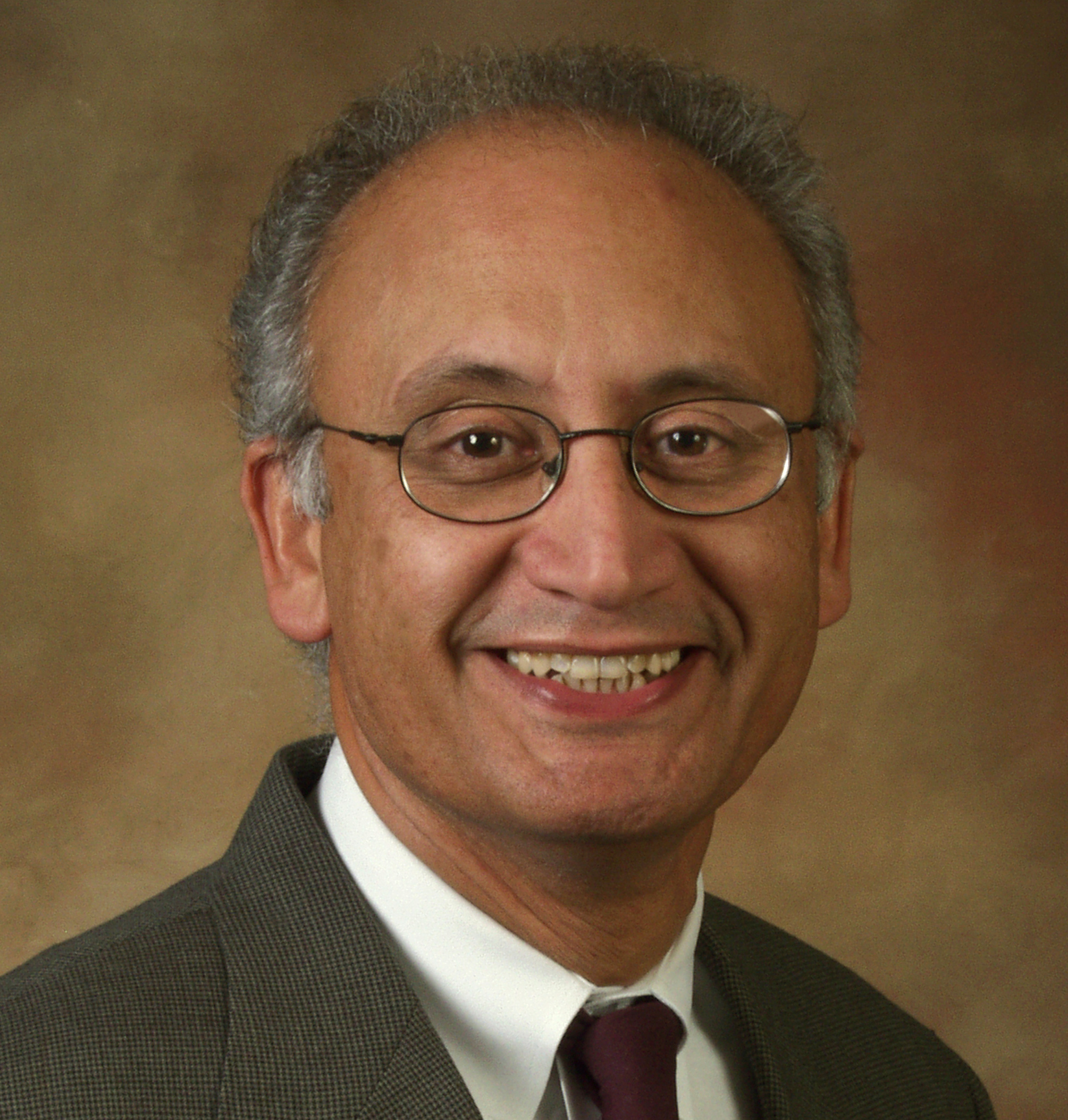New university president is committed to listening to students and promoting necessary change
By Erasmus Baxter
When Dr. Sabah Randhawa became Western’s fourteenth president August 1 it was the culmination of a journey that started over 40 years and 6,700 miles away. That was when, in 1976, Randhawa earned a Bachelor’s Degree in Chemical Engineering from the University of Engineering and Technology in Lahore, Pakistan. After earning his degree, he went to work as chemical company engineer at a salt mine, according to an article in the Oregon Stater.
Two years later Randhawa moved across the pacific from Lahore, one of the 30 biggest cities in the world, to Corvallis, Oregon, a city that in 1990 had a population of slightly less than 45,000 people.
It’s doubtful that when he arrived in Corvallis to pursue his Master’s degree at Oregon State University that Randhawa realized that one day he would serve as provost and executive vice president of OSU, responsible for much of the college’s day-to-day operations.
For one, neither of Randhawa’s parents had attended college.
“As a first-generation student, I owe my career to education. One of the commitments I made when I switched careers into education from working in industry was to provide those same opportunities for others across the globe,” Randhawa said, according to his bio on the WWU president’s website.
And secondly, he was scared of public speaking.
“It’s not something that comes to me as easily, even today, as it does to some,” Randhawa told the Stater.
After receiving his master’s in Industrial Engineering from OSU in 1980, Randhawa went on to pursue a doctorate in industrial Engineering from Arizona State University.
Eventually, fate intervened when one of Randhawa’s professors at ASU asked him to teach a class.
“For two years this went on,” Randhawa said. “He would ask, and I always had excuses as to why I couldn’t teach, until one night he called me and told me he was having emergency surgery and I would have to take over his courses.”
“I would prepare a lecture in the afternoon and I would go at night when there was no one there and I would teach it — presenting all my materials — to an empty classroom. At the end of it all I discovered that I liked teaching.”
This experience eventually led to his job as provost of Oregon State University.
“One lesson from that experience was to not say no until I try something out. So, fast-forwarding, when a department chair position came up when I was teaching here in the Department of Industrial and Manufacturing Engineering, I agreed to do it on an interim basis and see how it played out. That’s how I became an administrator. One thing led to another.”
Eventually Randhawa worked his way up to the second highest position in the university. As provost and executive vice president Randhawa served as the university president’s right hand man.
This position was not without challenges. A 2011 Oregon Stater article described Randhawa as: ”an expert in mathematical optimization, [who] spends a fair amount of time trying to gain acceptance for changes in a university community that can sometimes abhor change.“
In the 2013 -2014 school year when the Dean of OSU’s college of engineering fired the popular head of the school of electrical engineering and computer science, igniting protests from the department and private industry Randhawa removed both of them from their positions in an effort to stabilize a department he saw as “paralyzed and, at worst, dysfunctional,” according to The Barometer, the OSU student newspaper.
Not all saw it the same way.
“It’s very disruptive,“ a professor in the department, told Randhawa during a public meeting, the Barometer reported. “You’ve provided a solution that most likely does not solve the problem.”
Randhawa acknowledges changes comes with difficulty.
“I don’t know that I have a magic recipe. One thing I’ve learned to do is to sit and listen to people, and to be optimistic but honest with them. I might need to tell them what they’re asking for isn’t going to happen overnight, or that it’s never going to happen, but I can still hear them out,” he told the Stater.
At OSU Randhawa had plenty of chances to experience change first hand. During his term there the University saw a surge in enrollment and the expansion of number of programs, funded in part by a fundraising campaign that brought in over a billion dollars in donations.
According to an OSU press release, some of Randhawa’s proudest accomplishments were increasing overall enrollment, especially among high-achieving, underrepresented minorities.
However, his journey was not yet complete.
In 2015 and 2016 Randhawa was a finalist for jobs as a chancellor at University of Nebraska-Lincoln and Southern Illinois University, the Associated Press reported in the Oregonian.
In March of 2016 Randhawa was selected from a pool of 75 candidates as the preferred candidate to be Western’s next president.
An OSU press release said that Randhawa “impressed the trustees with his commitment to diversity and inclusion, shared governance, strengthening the student academic experience and closing the achievement gap.”
The Chair of Western’s Board of Trustees, Karen Lee, called Randhawa an exceptional person.
“He’s highly regarded for his commitment to students, to social justice and to the academy of higher education,” Lee said, according to Randhawa’s bio.
Randhawa echoed these themes in his address at the Faculty and Staff Opening Convocation for the 2016 -2017 school year on September 16.
“As educators and leaders, we have the responsibility to listen more openly, respond more sensitively and support more intentionally efforts towards a just, inclusive and equitable campus community,” Randhawa said.
“I am impressed with a shared, passionate commitment to Western and for advancing the institution. This has made me all the more excited about working with you to chart the next phase of excellence for this wonderful institution.”
Randhawa’s journey and Western’s journey are now on the same track.

